Construction Sector Growth
The Synthetic Rope Market is significantly influenced by the growth of the construction sector. As construction activities ramp up, the demand for durable and lightweight materials becomes paramount. Synthetic ropes are utilized in various applications, including lifting, rigging, and safety harnesses. The construction industry is projected to grow at a rate of 4.5% annually, which directly correlates with the increasing use of synthetic ropes. These ropes offer advantages such as reduced weight, increased safety, and enhanced durability compared to traditional materials. Consequently, the Synthetic Rope Market is poised to expand as construction companies seek reliable solutions that meet stringent safety standards while optimizing operational efficiency.
Growing Recreational Activities
The Synthetic Rope Market is benefiting from the increasing popularity of recreational activities such as climbing, sailing, and water sports. As more individuals engage in these activities, the demand for high-quality synthetic ropes rises. These ropes are preferred for their lightweight nature, high tensile strength, and resistance to environmental factors. The recreational sector is projected to grow at a rate of 6% annually, which is likely to boost the Synthetic Rope Market. Manufacturers are responding to this trend by developing specialized ropes tailored for specific recreational uses, enhancing safety and performance. This growing interest in outdoor activities is expected to sustain the demand for synthetic ropes in the coming years.
Rising Demand in Marine Applications
The Synthetic Rope Market experiences a notable surge in demand driven by the marine sector. Synthetic ropes are increasingly favored for their lightweight, high strength, and resistance to saltwater corrosion. This trend is particularly evident in applications such as fishing, boating, and offshore oil and gas operations. The market for synthetic ropes in marine applications is projected to grow at a compound annual growth rate of approximately 5.2% over the next five years. This growth is attributed to the increasing adoption of synthetic ropes over traditional materials, which are often heavier and less durable. As the marine industry continues to expand, the Synthetic Rope Market is likely to benefit from innovations in rope technology, enhancing performance and safety in demanding marine environments.
Increased Focus on Safety Regulations
The Synthetic Rope Market is experiencing growth due to heightened safety regulations across various sectors. Industries such as construction, marine, and rescue operations are increasingly adopting synthetic ropes, which provide superior strength and reliability. Regulatory bodies are emphasizing the importance of using materials that meet specific safety standards, which has led to a shift towards synthetic options. For instance, synthetic ropes are less likely to fray or break under stress, making them a preferred choice for safety-critical applications. This trend is expected to drive the Synthetic Rope Market as companies prioritize compliance with safety regulations while enhancing operational safety and efficiency.
Technological Innovations in Rope Manufacturing
Technological advancements in the manufacturing of synthetic ropes are a key driver for the Synthetic Rope Market. Innovations such as advanced fiber technology and improved manufacturing processes have led to the development of ropes that are lighter, stronger, and more durable. These advancements not only enhance the performance of synthetic ropes but also expand their applications across various industries, including construction, marine, and recreational sectors. The introduction of new materials, such as high-performance polyethylene and aramid fibers, is likely to further propel the market. As manufacturers continue to invest in research and development, the Synthetic Rope Market is expected to witness significant growth, driven by the demand for high-quality, innovative products.


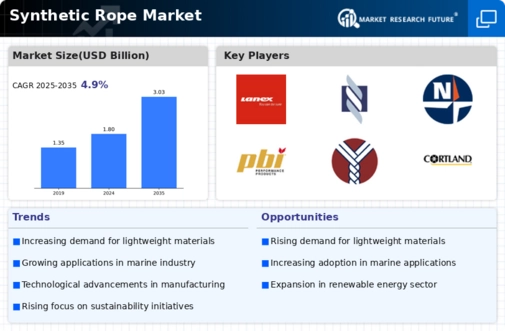
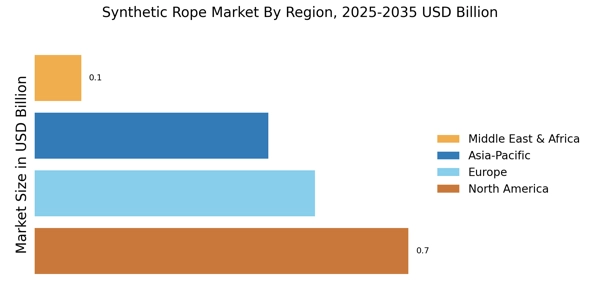
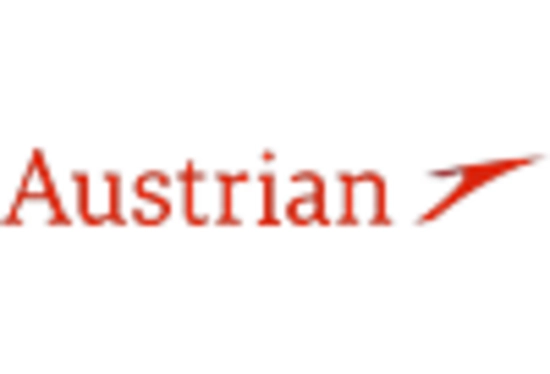
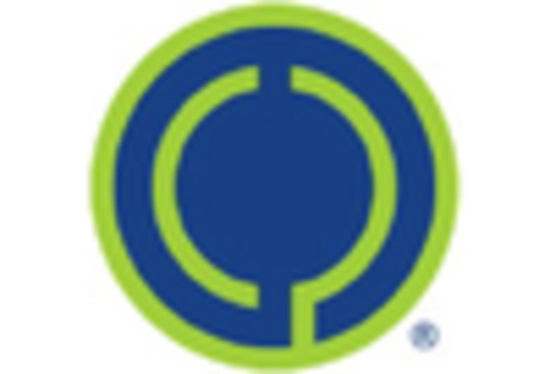


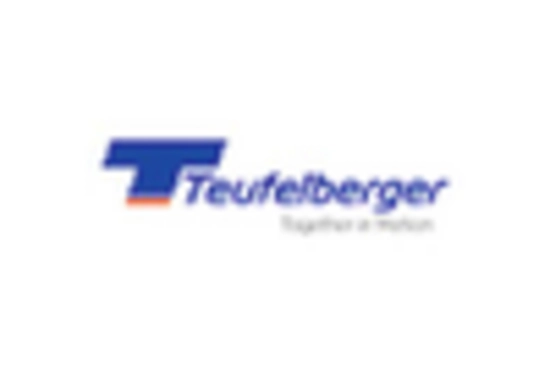
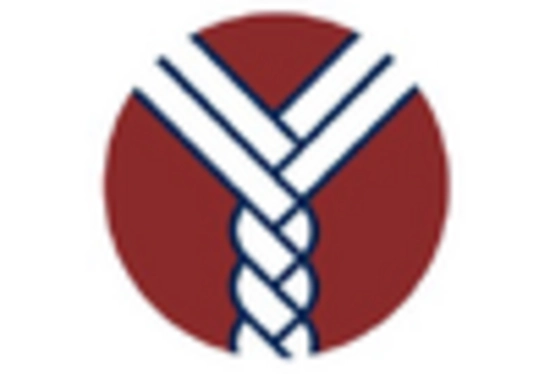








Leave a Comment